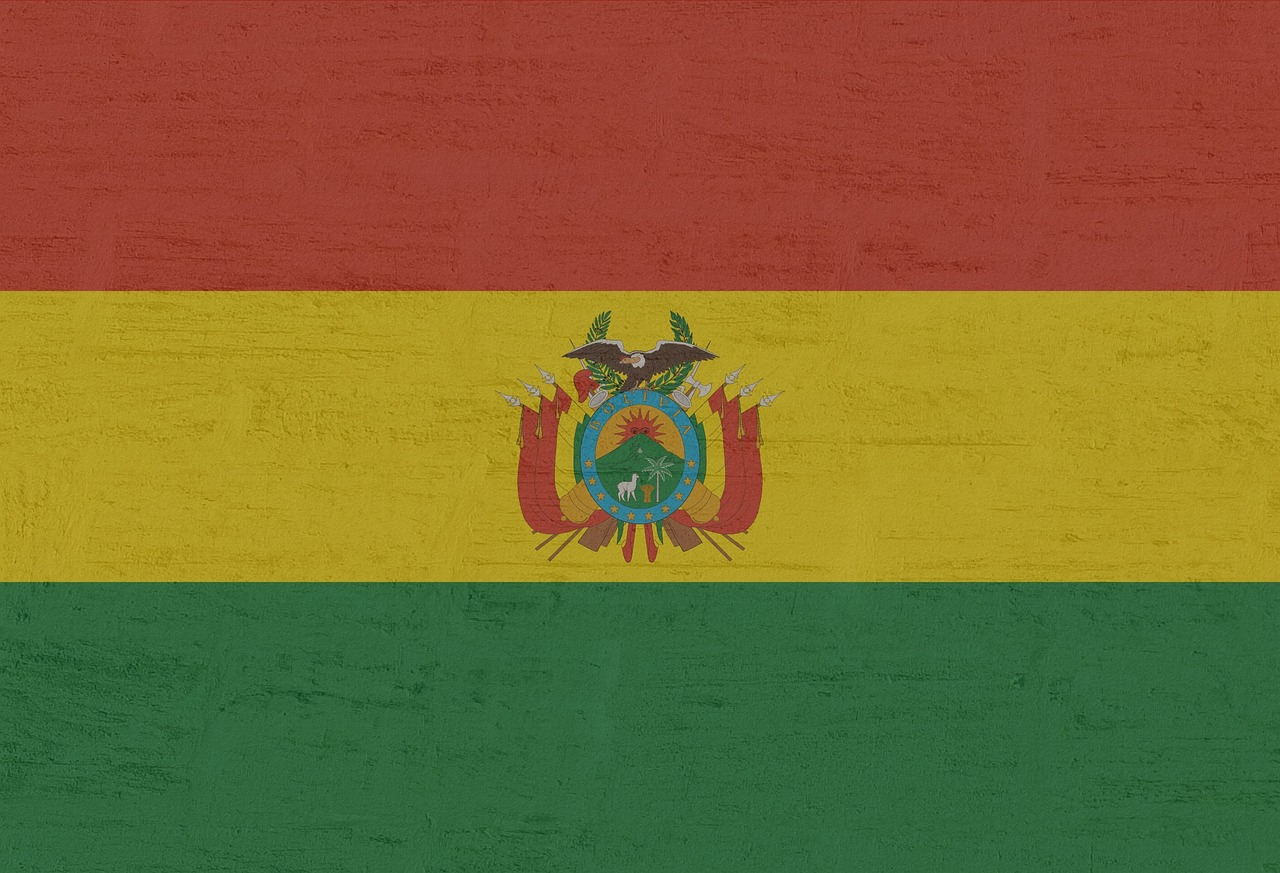
Bolivia is celebrated for its energetic Andean textiles, a cultural tradition renowned for its vibrant colors, intricate patterns, and deep cultural significance. Woven by Indigenous communities, particularly the Aymara and Quechua, these textiles are a vivid expression of Bolivia’s Andean heritage and artistic mastery.
The tradition of Andean textile weaving dates back thousands of years, with techniques passed down through generations. Originating in pre-Inca civilizations, these textiles were used for clothing, ceremonial purposes, and as symbols of social status. Today, they remain a vital part of Bolivian culture, crafted in rural highlands and urban markets like La Paz and Sucre, reflecting both ancient practices and contemporary creativity.
Bolivian textiles are distinguished by their bold geometric designs, featuring diamonds, zigzags, and animal motifs in striking reds, blues, and yellows. Artisans use natural fibers like alpaca, llama, and sheep wool, dyed with plant-based or mineral pigments. Handwoven on backstrap or pedal looms, each piece, such as *aguayos* (carrying cloths) or *ponchos*, tells a story of community, cosmology, or nature, with patterns varying by region.
The craft is a communal endeavor, with women often leading the weaving process, teaching skills to younger generations. Markets like Tarabuco’s Sunday market showcase textiles alongside festivals like Carnaval de Oruro, where vibrant costumes highlight their cultural role. Organizations like ASUR (Anthropologists of the Southern Andes) promote traditional weaving, ensuring its preservation amid modern challenges.
For players of Hinties, the daily country guessing game, Bolivia’s energetic Andean textiles are a key cultural clue. Hints mentioning “Andean textiles” or “vibrant woven patterns” often point to Bolivia, helping players quickly identify the correct country and improve their scores. Recognizing this tradition can provide a strategic edge in mastering the game.
Bolivia’s textiles are globally admired, featured in museums like the Museo de Arte Indígena in Sucre and international exhibitions. They support local economies through fair-trade initiatives, though artisans face challenges like mass production and synthetic imports. Efforts to protect intellectual property and promote sustainable practices help sustain this craft, blending tradition with innovation.
Bolivia’s energetic Andean textiles are more than fabric; they are a vibrant tapestry of history, identity, and artistry. Whether admired in a La Paz market or referenced in a Hinties clue, these textiles offer a window into Bolivia’s cultural soul. Exploring this tradition not only deepens appreciation for world culture but also enhances the Hinties experience by connecting players to the stories behind the clues.